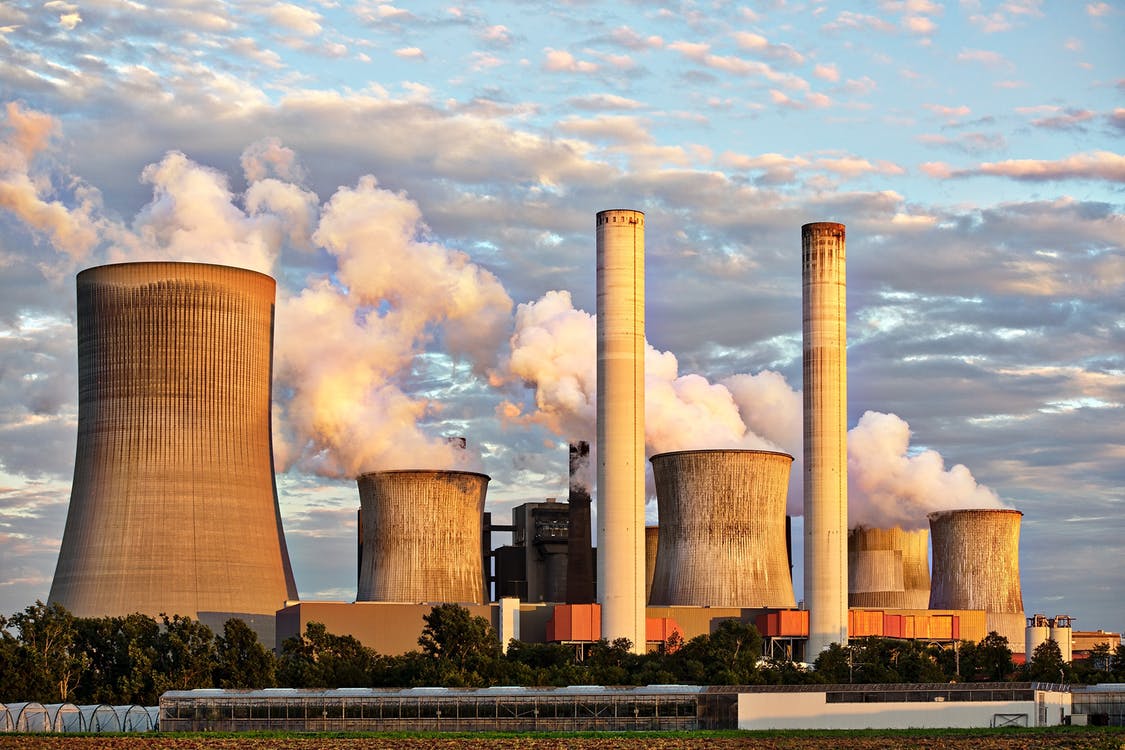After enduring a difficult few months for power supply and demand, questions about the UK’s ability to meet ambitious 2050 net-zero targets have been raised. We learn about future challenges, the Flexibility in Great Britain project and how a “flexible” energy system might be the answer.
With the removal company booked and boxes almost packed, Prime Minister Theresa May threw a curveball. In her final days at Downing Street, she set about creating a legacy other than Brexit. Suggesting it was our “moral duty” to leave the world a better place than we found it, she said: “Now is the time to go further and faster to safeguard the environment for our children. We must lead the world to a cleaner, greener form of growth.”
She announced the UK would become the first major economy in the world to pass legislation to achieve net-zero carbon emission by 2050, a bold but sometimes criticised announcement. Whatever your view on the political theatre that surrounded it, the goal was ambitious. It also meant that original targets of reducing greenhouse gas emissions to 80% below 1990 levels by the middle of the century were consigned to history.
On news of the target passing into law a short while later, then Energy and Clean Growth Minister Chris Skidmore said that it put clean growth at the heart of the government’s modern industrial strategy. “We’re pioneering the way for other countries to follow in our footsteps,” he added.
UK energy infrastructure faces challenging future
It is clear that ambition isn’t lacking, but is the UK ready to be a pioneer?
“Great Britain faces a huge challenge to deliver a net-zero energy system by 2050,” warns Andrew Lever, the director of the Carbon Trust. “This [the revised 2050 target] will have a large impact on the energy system in 2050, and we hypothesise that storage and flexibility will be increasingly important to manage supply and demand.”
Read more: Power Technology




